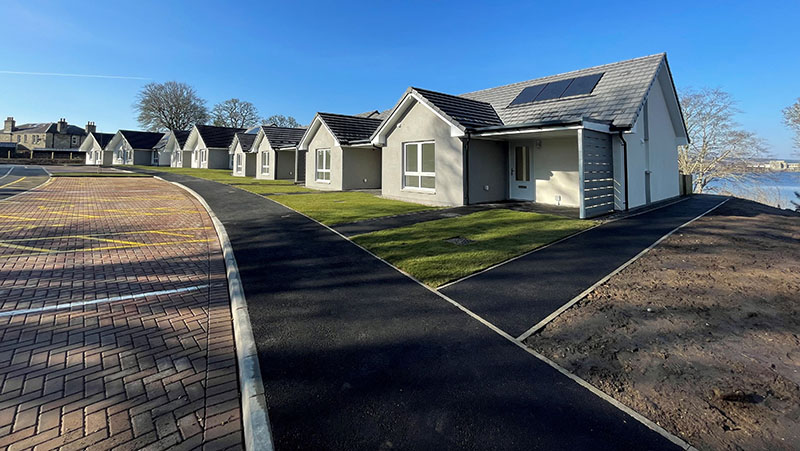
By Kirsty Morrison, group chief executive of Albyn Housing Society
Providing everyone with a safe, warm and affordable home that meets individuals’ needs is a commendable goal and something that social housing providers up and down Scotland strive for everyday.
However, due to a whole host of pressures, this is becoming increasingly harder to achieve. This is not just the view of social landlords. The Scottish Housing Regulator agrees, writing in their most recent strategy document that the ‘last few years have been amongst the most challenging’ and that the coming years look ‘unpredictable, volatile and difficult’.
As you would expect, reductions in funding for affordable housing supply has greatly hindered the sector’s ability to build new homes notwithstanding the requirement to invest in our current homes.
The damaging effects of the cost of living crisis have been well documented, but this has been a heightened issue for those who rely on affordable housing. In our survey of tenants in the Highlands, three in five people said that they were struggling to pay their energy bills and heat their home, with one in three needing to seek help to get food over the previous 12 months.
In light of this, social landlords like Albyn Housing Society have redeployed monies to support tenancy sustainment, including providing energy vouchers and energy advice, as well as upgrading homes and providing energy saving cooking and heating equipment.
The social housing sector has not been immune to the challenges facing the construction industry as a whole either: higher costs of borrowing, significant rises in material and labour costs, and ever rising building and environmental standards.
These challenges are even more acute in rural parts of Scotland. Albyn Housing Society, which I lead, manages 3,800 homes in 80 communities across an area the size of Belgium. With a skills shortage locally and difficulty in getting contractors to operate in the far north, costs of development and service delivery are increasing rapidly.
Unmet care needs are more prevalent in rural areas too, with care home closures, social care recruitment issues and an aging population. For social landlords, this means more costs for adapting homes and supporting tenants to live independently, which is a significant focus for the Society whilst play our part in preventing homelessness
All of these factors have led to a perfect storm for social housing in Scotland. But this adversity has led to more innovative ways of working and we remain adaptable and willing to tackle the many challenges we face
Like in Lairg, where Albyn Housing Society just completed the first social housing in thirty years. The local community donated the land, and we provide state-of-the-art housing that uses artificial intelligence to allow vulnerable people to live independently in their homes for longer, supported by collaborations across academia and funding from local, Scottish and UK governments.
Internally, we have also completely redesigned customer services. Previously Albyn’s customer service teams were split on a geographical basis but there was a real need to relook at the structure of the housing and property teams. After reviewing customer needs and other data such as call volumes and key performance indicators it was determined that having specialist functions would serve customers better.
There will be more challenges ahead for social housing. But with the upcoming election and the Scottish Housing Bill progressing through Parliament, there will be more opportunities to discuss these issues as a society. Getting housing right for everyone is key in building a better, fairer and more prosperous society.












